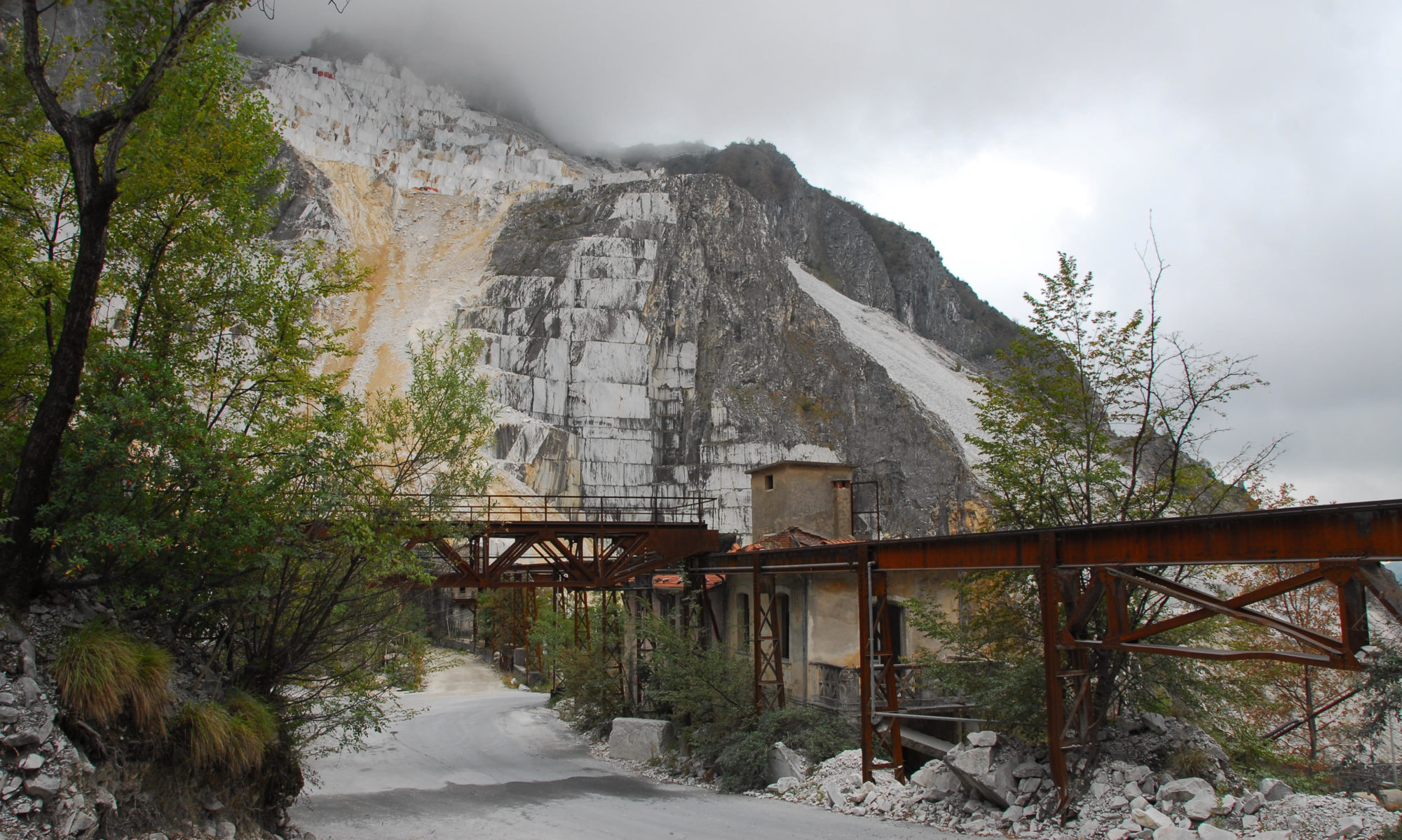
Travertine is a type of limestone characterized by its light color and unique, often banded, appearance, which is due to its formation process in natural hot springs and limestone caves. Here’s a detailed description:
Geological Formation: – Travertine forms through the precipitation of calcium carbonate from mineral springs, especially hot springs. The mineral-rich water, upon reaching the surface, evaporates, leaving behind layers of calcium carbonate.
Appearance: – Color: Typically, travertine ranges from white or cream to light tan, though impurities can introduce shades of brown, yellow, or even red.
Texture: It has a fibrous or concentric appearance due to the layered deposition of minerals.
Holes and Pits: One of travertine’s distinguishing features is its natural holes, which are remnants of air bubbles or organic matter trapped during the mineral deposition. These can be filled with resin or left as they are for a more rustic look.
Physical Properties: Durability: Travertine is relatively hard but can be porous if not treated, which might require sealing to prevent staining or water absorption in applications like flooring or countertops.
Finish: It can be polished to a smooth finish or left with a tumbled, brushed, or natural finish, each providing a different aesthetic.
Uses: Construction: Commonly used in interior and exterior building projects. Its natural beauty makes it popular for flooring, wall cladding, and as a veneer.
Decoration: Often seen in sculptures, fountains, and as a decorative stone in landscaping due to its aesthetic appeal and the way it ages gracefully.
Historical Use: Travertine has been used since ancient times, notably in Rome, where it was employed in iconic structures like the Colosseum.
Maintenance: Regular cleaning with mild soap and water is recommended. Sealed travertine requires less maintenance but should be resealed periodically if used in areas prone to spills or heavy use. Travertine’s natural beauty, combined with its durability and versatility, makes it a favored choice in architecture and design, offering both classical elegance and modern minimalism depending on how it’s finished and used.

